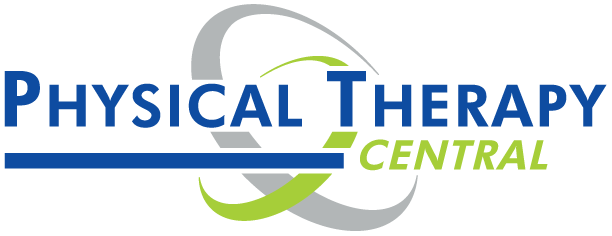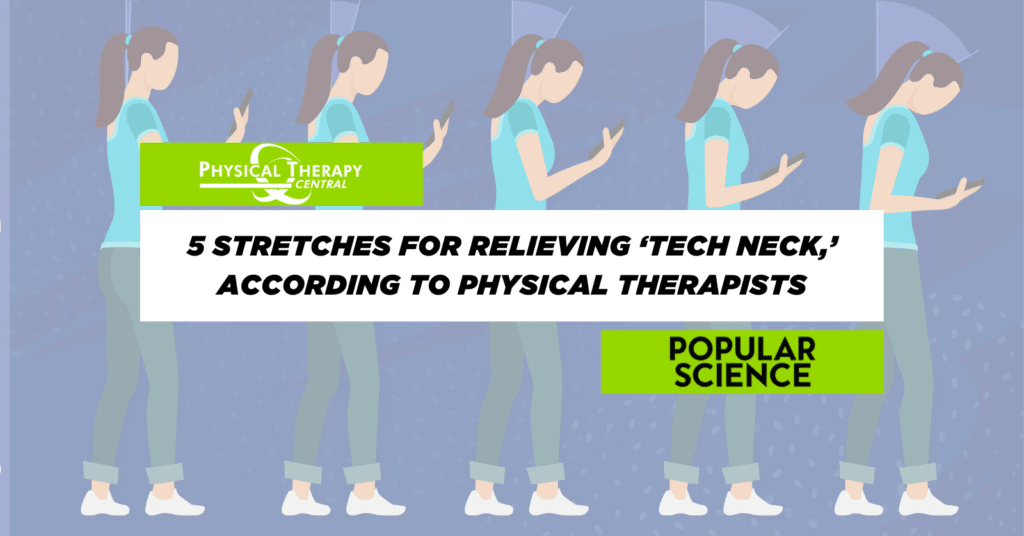Physical Therapists Level of Education
Physical therapists are highly educated professionals that undergo seven years of higher education to treat patients. Physical therapist education includes a Bachelor’s Degree followed by a Doctor of Physical Therapy degree. Before the early 2000s, a Master’s Degree was required, and from the 1960s to the early 2000s, a Bachelor’s Degree was required.
Physical therapy students must begin their training by taking several undergraduate courses in anatomy, physiology, biology, chemistry, physics, psychology, and statistics. In addition to taking prerequisites, prospective physical therapists must meet the criteria for admission for grade point average and Graduate Record Examination (GRE) scores. Prospective physical therapy students also need shadowing hours under a licensed physical therapist within many settings. After gathering the required information, applicants submit their material to the physical therapist centralized application service (PTCAS) where they can apply for multiple programs at a time. Students must then go and interview at schools and after the interviews, find out if they are accepted.
Within the clinical doctorate program, students must complete several physical therapist education requirements, including but not limited to intervention, examination, psychology, anatomy, physiology, neuroscience, biomechanics, musculoskeletal rehabilitation, neuromuscular rehabilitation, and cardiopulmonary rehabilitation. Courses focus on the management of patients from pediatrics to geriatrics, value implementing research into clinical care, and focus on developing skills for patient care such as how to build rapport with patients. Student physical therapists then must complete around twenty-one weeks of clinical rotations for immersion of their coursework into the field of practice. After completing all of their coursework and clinical rotations, students graduate with a Doctor of Physical Therapy degree. From there, they have to pass the national examination and apply for licensure. For anyone asking the question “What kind of training does a physical therapist need?”, it is rigorous academic coursework followed by a clinical education program, so they are prepared and safe to treat patients.
Find Out If Physical Therapy Is Right For You
Schedule an appointment with a licensed physical therapist to help recover from your chronic pain through hands-on manual therapy.
Passing The NPTE
The NPTE, or the National Physical Therapy Examination, is a comprehensive test based on the rigorous coursework a student physical therapist learns in their doctorate program. The purpose of the NPTE is to protect the public from physical therapists who lack the knowledge to practice competently. It also allows physical therapists to obtain a license in any state (pending approval of their application in that state), rather than having to take individual state examinations.
Most students spend months studying for the NPTE with the use of study prep books and practice tests. Many students study for and take the examination during their last clinical rotation before graduating and many wait until after graduation. Some states do require a degree before taking the examination, however. The content of the NPTE includes everything a physical therapist needs to know about their field of practice – examination, evaluation, intervention, diagnosis, differential diagnosis, modalities, research, safety, equipment, professional duty, and the body systems (musculoskeletal, neuromuscular, cardiovascular, metabolic, gastrointestinal, genitourinary, lymphatic, and integumentary systems). Candidates must take the examination in an approved center with identification and video monitoring. The test allows five hours to answer five sections containing 50 questions (250 total questions) and 50 questions in total are used for research on future examinations and not scored. The exam is offered four times during the year and test takers are allowed to retake the examination up to five times in the event they did not pass. If someone fails the examination after six attempts, they are permanently ineligible to take it again. A 75% (600/800) score is passing, but it is graded on a scale of all of the test scores so lower scores often pass.
Preparing for and passing the NPTE is incredibly rewarding! All that is left to do after that is to get a license to practice in any US state.
Getting Licensed To Practice
Each state has a slightly different process to apply for a PT license. Typical requirements to submit to each state board of physical therapy are NPTE scores, proof of education, transcripts from the graduating program, fingerprinting, a background check, and an application fee. Some states require a jurisprudence examination to be familiar with all the state rules of physical therapy practice. Prospective physical therapists can submit a license application to any state or multiple states. They can also use the Physical Therapy Compact where their home state license can be utilized in other states within the Compact agreement.
The examination and licensure components of becoming a physical therapist are in place to protect the public. Applicants are background checked before becoming licensed physical therapists and are required to explain any issues that come up from their background check. State boards of physical therapy have the right to deny anyone a license for things like criminal activity from the background check.
The process of becoming a PT is quite a journey, and much more involved than it used to be a couple of decades ago. With all of this training, you should be assured that your physical therapist is well suited to help you get moving better!



